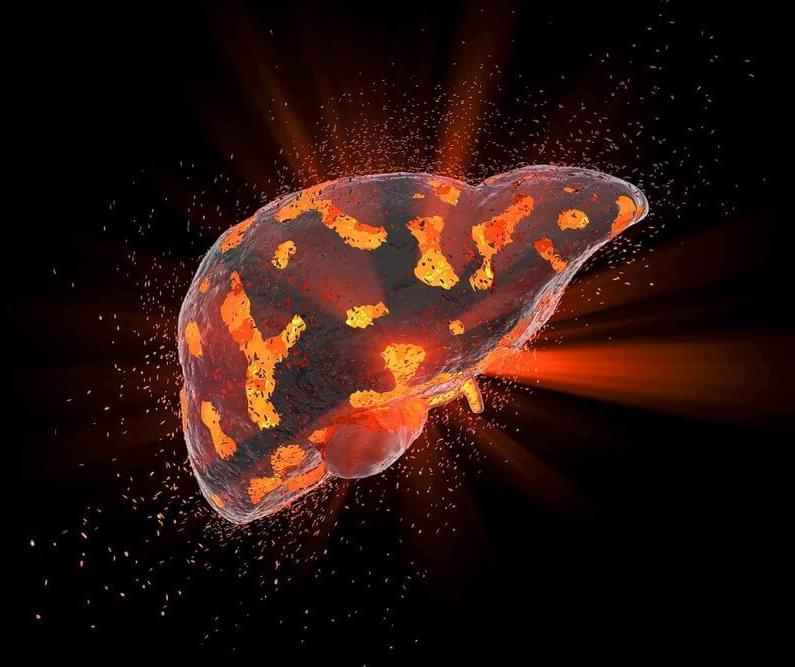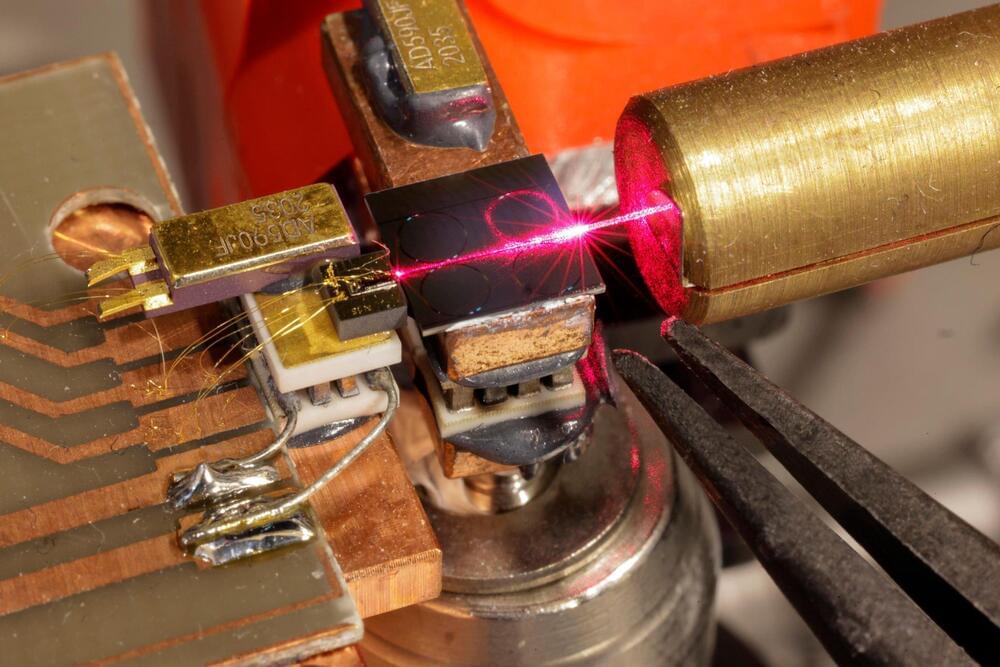A recent study conducted by Oregon State University has unveiled new insights into how certain polyunsaturated fatty acids, specifically omega 3, combat a severe liver condition. This discovery paves the way for novel drug research for nonalcoholic steatohepatitis (NASH), a disease currently without any FDA-approved treatments.
Scientists led by Oregon State’s Natalia Shulzhenko, Andrey Morgun and Donald Jump used a technique known as multi-omic network analysis to identify the mechanism through which dietary omega 3 supplements alleviated nonalcoholic steatohepatitis, usually abbreviated to NASH.
The mechanism involves betacellulin, a protein growth factor that plays multiple positive roles in the body but also contributes to liver fibrosis, or scarring, and the progression to cirrhosis and liver cancer.







 עברית (Hebrew)
עברית (Hebrew)
